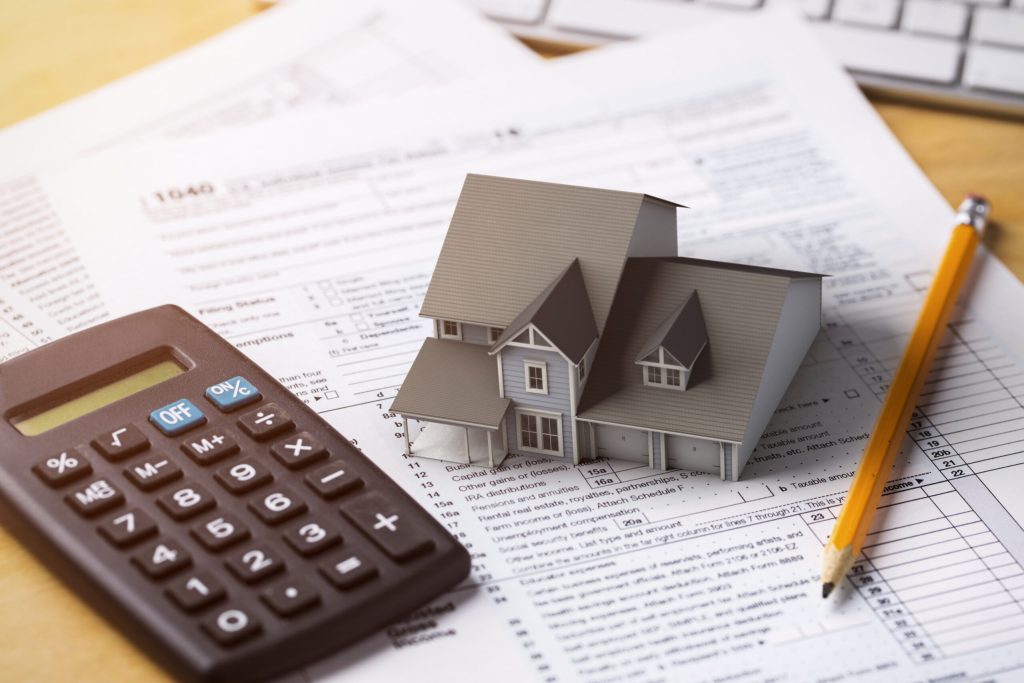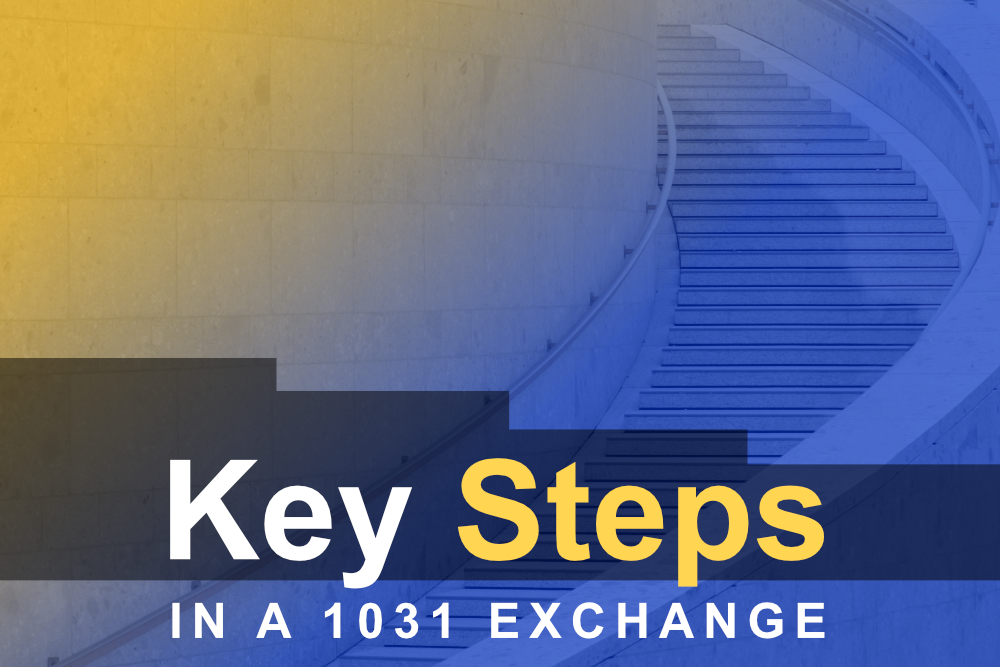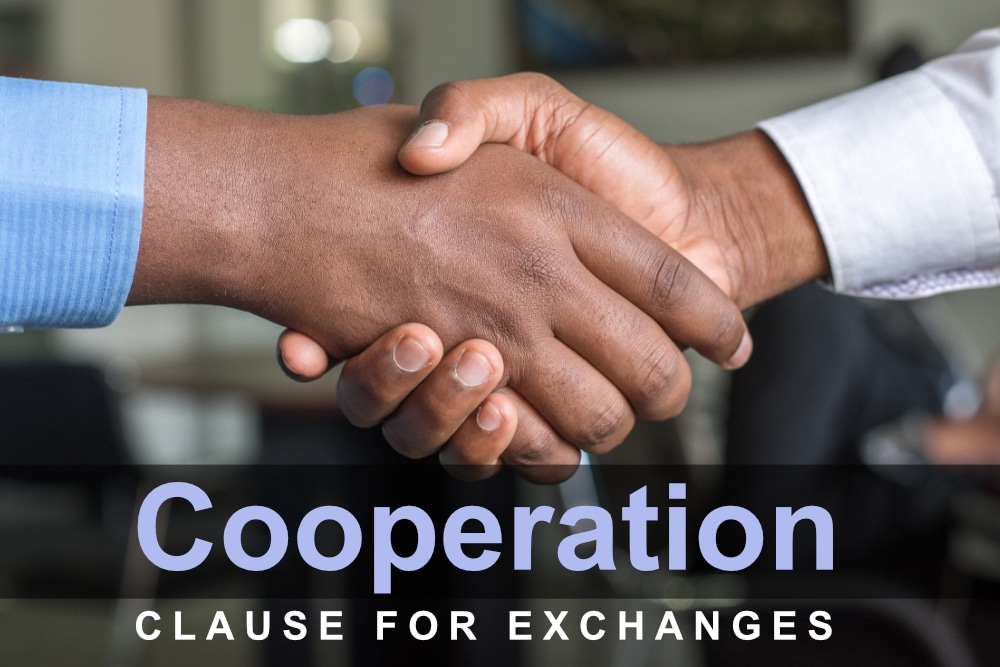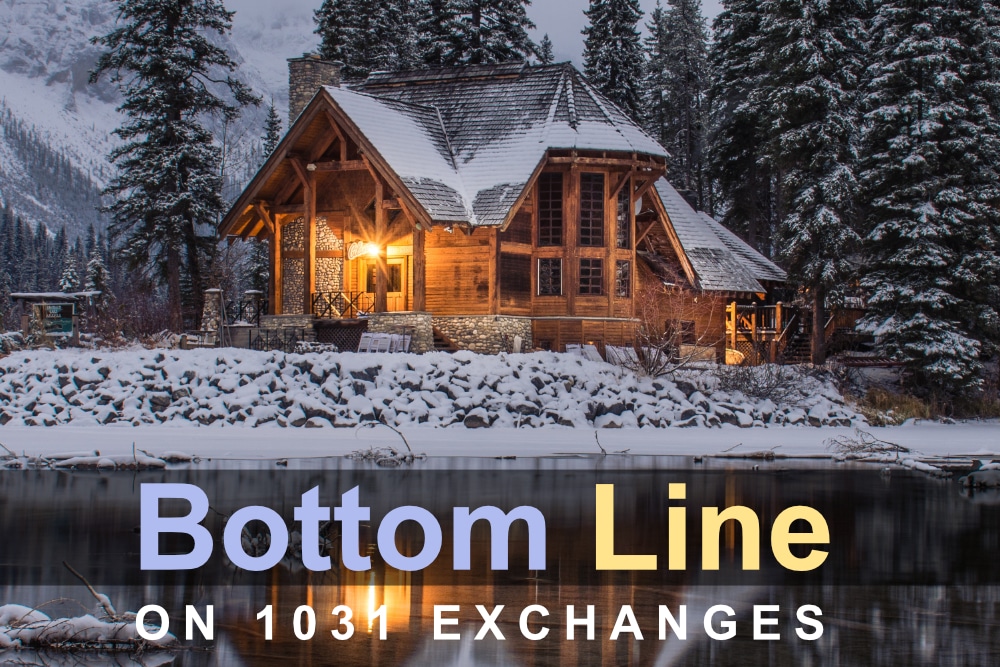
1031 Property Exchanges
Garden Brook Realty Is Prescott's Leading One-Stop Company For First Time And Savvy Real Estate Investors.
Buying, Selling, Property Management, 1031k Exchanges ...We Partner With Only The Best Of The Best...
With an extremely competitive real estate market in the Prescott area, the right real estate company is perhaps the most important link to your investment vision.
Garden Brook Realty’s Experienced team of real estate professionals is second to none. We have developed a systematic method of identifying, acquiring, and protecting our clients’ investments. Whether you are purchasing or selling, we are here to assist.
We Treat Your Investments As We Would our Own
928-710-0020
1031 Exchanges Reference Library
Key Steps in A 1031k Exchange
Here are key steps to take when thinking about starting a Reverse or Improvement Exchange:
STEP 1 Select a QUALIFIED INTERMEDIARY to assist you with the reverse exchange as early in the process as possible. Key points to consider in selecting a Qualified Intermediary are: the knowledge and experience of the staff; the professional assistance provided by the Qualified Intermediary to your real estate agent, CPA, and attorney; and the security of the property while it is being held by the Qualified Intermediary, which is of especially critical importance. It is highly recommended that you work with a Qualified Intermediary with significant financial strength and stability to ensure that the Qualified Intermediary will be in business and able to transfer your property to you when you are ready to complete your exchange.
Cooperation Clause for 1031 Exchanges
To create a valid 1031 exchange, the taxpayer must assign his rights under the purchase and sale agreement to First American Exchange. In addition, the taxpayer must provide written notice of that assignment to all parties to the contract, and it is usually advisable to get the other parties to acknowledge they have received the notice. The assignment and notice are required in connection with both the sale of the relinquished property and the purchase of the replacement property.
What Do I Need to Buy to Structure a Fully Deferred Exchange?
Equal or Greater in Value and Equity
One of the most common questions we receive from taxpayers who plan to do a 1031 exchange is “How much do I have to buy in order to defer my taxes?” While it’s important to have your tax advisor weigh in on this, there is a shorthand way to figure out whether the purchase you are contemplating will be enough to successfully complete your exchange.
Top Ten Identification Rules for 1031 Exchanges
For a successful 1031 exchange, it is important to understand and comply with the 1031 exchange identification rules. These rules are not that complicated, but a failure to follow the rules may ruin your exchange. Here are the top ten things to remember when identifying replacement property in an exchange:
1. Deadline and General Rules. The taxpayer has 45 days from the date that the relinquished property closes to identify the replacement property that he intends to acquire in the exchange. If there is more than one relinquished property in one exchange, the 45 days are measured from the date the first relinquished property closes. The property identified does not have to be under contract, and the taxpayer does not have to acquire everything that he identifies. It is important to note, however, that the taxpayer is not allowed to acquire anything other than the property that he has identified, and a failure to comply with the identification rules can ruin the whole exchange.
The Reverse Exchange Structure
The exchanger can purchase replacement property first, however the exchanger cannot hold title to both the relinquished property and the replacement property at the same time. If the seller of the replacement property is not willing to wait until your relinquished property closes, then you have the option of completing a reverse exchange.
Like-Kind Requirements for 1031 Exchanges
Internal Revenue Code Section 1031 applies only to “property held for productive use in a trade or business or for investment”. (IRC section 1031(a)(1)). It allows for the deferral of capital gain tax if such property is exchanged solely for property of “like-kind”. Contrary to what many people believe, “like-kind” does not mean that an investor must, for example, exchange land for land, or a duplex for a duplex. In the context of real estate, like-kind exchanges are valid between and among several different types of investment property, including bare land, commercial property, industrial buildings, retail stores, apartments, duplexes-even leasehold interests exceeding 30 years and certain oil and gas interests.
The Bottom Line on 1031 Exchanges
Below is a bottom line review of the basic requirements for successful tax deferral under Section 1031.
PURPOSE
Defer payment of capital gains taxes
PROPERTY THAT CAN BE EXCHANGED
Any real property
INVESTMENT REQUIREMENT
Properties must be held for investment or in connection with a trade or business but do not have to be similar use (e.g., exchange raw land for an apartment building)

Diann Dede Erceg
GRI, ABR, SRES
Garden Brook Realty’s Experienced team of real estate professionals is second to none.
We Have Developed A Systematic Method Of Identifying, Acquiring, And Protecting Our Clients’ Investments. Whether You Are Purchasing Or Selling, We Are Here To Assist.








